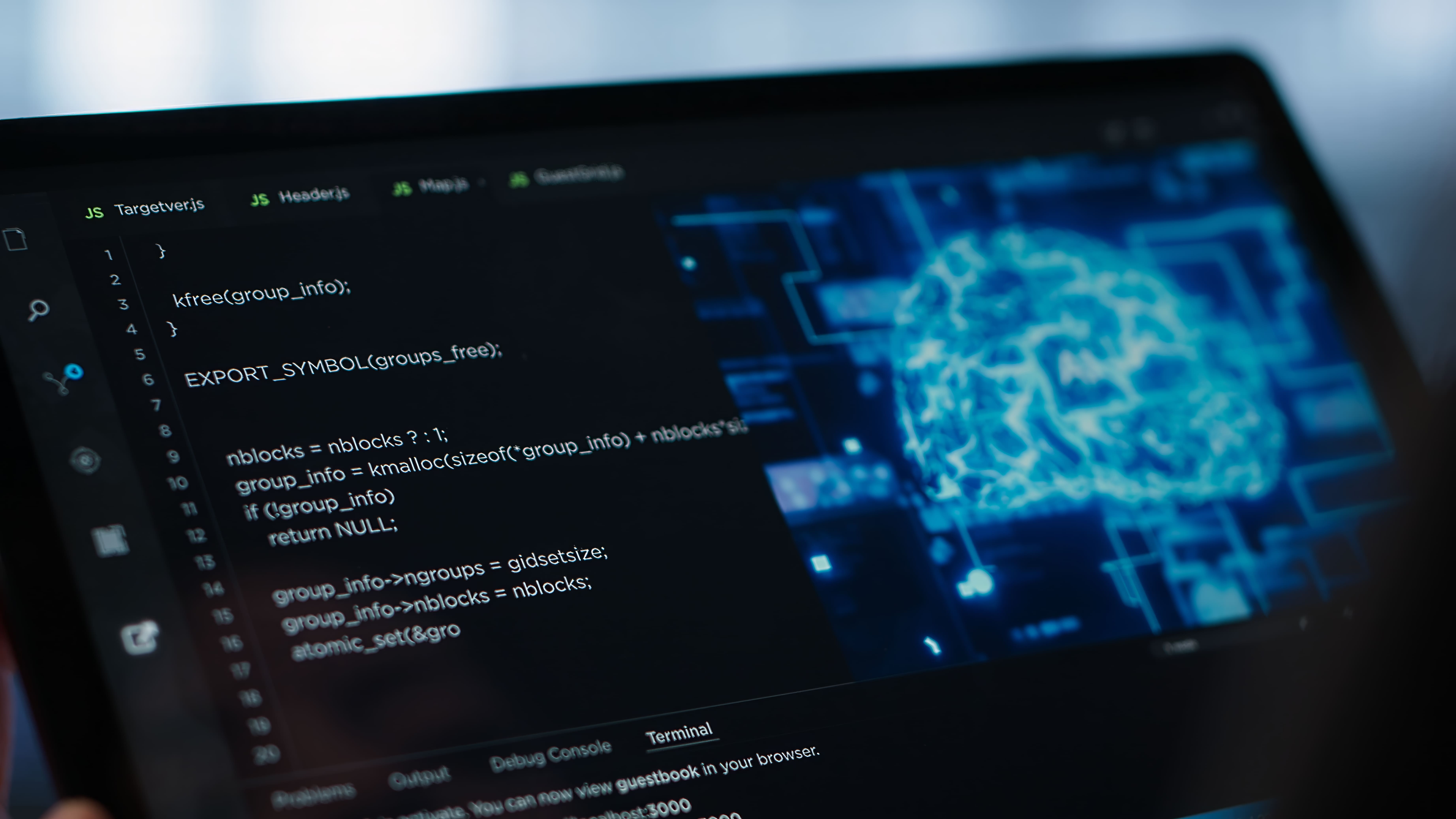Open Source AI is critical to the future direction and broad availability of artificial intelligence for several reasons.
Democratization of AI — It makes advanced AI models and machine learning frameworks accessible to researchers, developers, businesses, and startups, fueling innovation and expanding participation.
Transparency and accountability — Open access to algorithms, code, and trained models enables scrutiny of AI decision-making, helping with AI ethics, governance, and bias mitigation.
Education and skills development — Open Source AI supports learning, training, and knowledge sharing, creating opportunities for students, professionals, and communities worldwide.
Open Source AI and Community-Driven Innovation
Open-sourcing AI aligns with the broader movement toward shared knowledge, open collaboration, and collective progress in technology. This reflects the spirit of the Open Source Initiative (OSI) and the values of community-driven innovation.
AI, especially Generative AI, has exploded in the past year with rapid advancements and real-world deployment. From entertainment to drug discovery, weather forecasting, material design, and creative industries (writing, images, video, and music), AI models now touch every sector.
Unlike traditional software, an AI application includes multiple components—data pipelines, training infrastructure, models, and inference processes. Therefore, the definition of Open Source AI must evolve to reflect this complexity.
The OSI Workshop and the Challenge of Defining Open Source AI
The OSI (Open Source Initiative) is leading an effort to define Open Source AI by October 2024. At the workshop, our mission was clear but challenging: to establish a universally accepted Open Source AI definition.
Unlike Open Source software, where definitions are well established, AI introduces new layers of complexity. AI models are complex artifacts with multiple pipelines, requiring a careful balance between open access and practical implementation.
Mapping the Four Freedoms to AI
The four freedoms of Open Source software are:
Use for any purpose, without permission.
Study and inspect how it works.
Modify for any purpose, including outputs.
Share freely, with or without modifications
Our team mapped these freedoms to Open Source AI. We concluded that:
The AI framework and the trained AI model must be Open Source.
Recipients should be able to fine-tune, align, and prompt-engineer models.
Full reproduction of the original model (including all training data) is not required.
This is consistent with Open Source Software, which does not require projects to provide every dependency to meet the Open Source Definition (OSD).
Components of Open Source AI
To clarify scope, we outlined five components of AI applications:
Code — Source code of the AI model framework (meets OSD).
Training Code — Scripts and pipelines for preparing training data (not required to be open).
Model — Architecture, weights, biases, and hyperparameters (must meet OSD).
Training Data — Datasets used in model training (closer to Open Science, not required for OSD).
User Data — Fine-tuning inputs, retrieval data, prompts (equivalent to user input, outside OSD).
This approach balances practicality, openness, and innovation, ensuring AI remains accessible without imposing unrealistic requirements.
Open Source AI vs. Open Science
Open Source AI ≠ Open Science.
Open Source AI = ability to use, study, modify, and share AI models.
Open Science = requires full availability of training data, inputs, and processes to reproduce models.
Open Source AI provides freedoms without requiring complete reproduction—a pragmatic, innovation-friendly model.
Moving Forward: AI Governance and Community Consensus
Colleagues in the LFAI & Data Generative AI Commons have expanded this discussion with a 15-component framework of AI openness. This framework shows that different communities (researchers, developers, enterprises) require different levels of access.
The key is balance:
Developers need adaptability and tools.
Businesses need clarity on licensing and compliance.
Communities need trust, transparency, and collaboration.
As AI evolves, the community must build consensus around definitions of openness to ensure innovation thrives under Open Source AI principles.
Conclusion
Open Source AI is not Open Science. But it is the most effective way to ensure responsible, transparent, and equitable AI innovation. By applying the four freedoms to AI frameworks and models, and by engaging in community-driven efforts such as OSI and the Generative AI Commons, we can shape a sustainable future where AI remains open, collaborative, and accessible.

Ofer Hermoni
Founder & Chief AI Officer

David Edelsohn
Founder & Chief AI Officer


